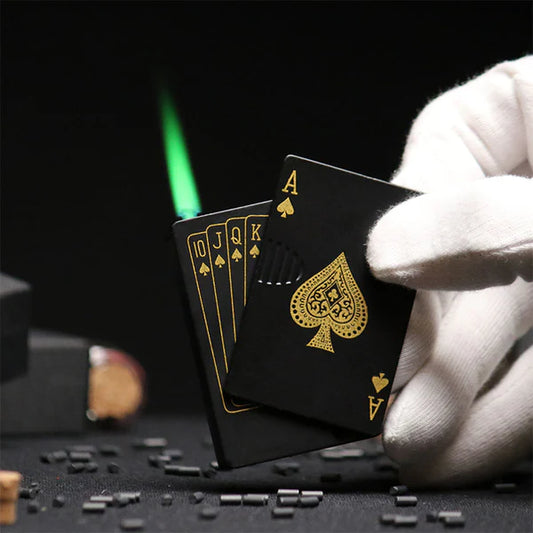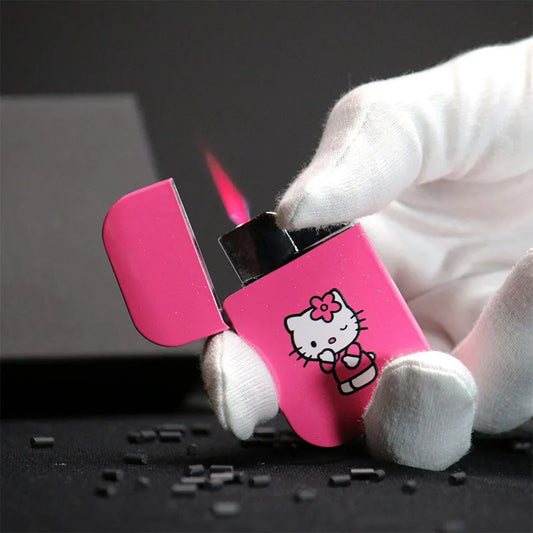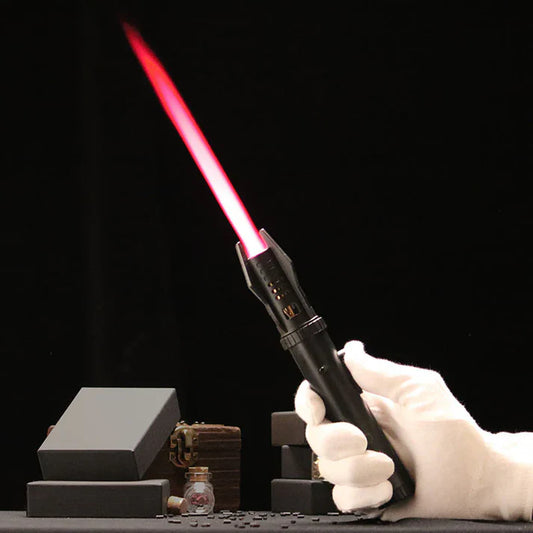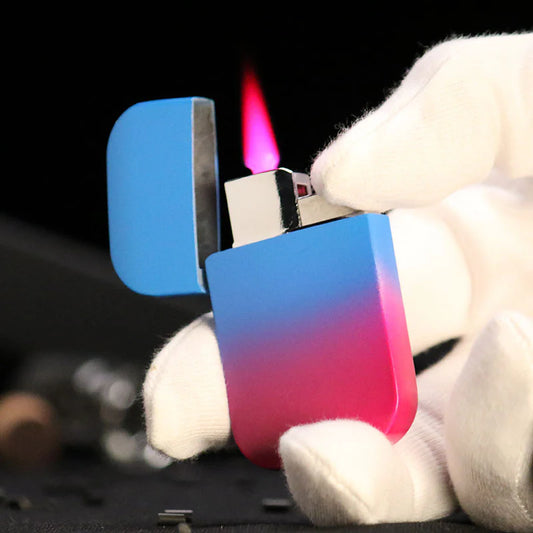Torch Lighter Not Igniting? Check Out the Causes and Quick Fixes
Tried lighting your torch lighter and nothing happened? You're not alone — it's more common than you think, and often the issue is simpler than it appears. Whether you're using your lighter for cigars, cooking, or outdoor activities, it's important to know why it's not working and how to fix it quickly. This guide covers the most frequent causes and effective solutions.
1. Out of Butane Gas
This is the most common issue. Over time, the fuel reservoir empties, especially with frequent use. A quick way to check is by gently shaking the lighter near your ear. If you don’t hear a swishing sound of liquid, it's probably out of butane.

Always refill using high-quality butane gas, preferably filtered to avoid clogging. Low-quality gas can introduce impurities that affect performance. When refilling, make sure the lighter is upside down and that the refill nozzle fits properly. After filling, wait a minute or two to let the gas stabilize before igniting.
2. Clogged or Dirty Nozzle
The nozzle is the small outlet where gas escapes to form the flame. It can easily get clogged with dust, debris, or residue from unfiltered gas. This blockage prevents gas from reaching the spark, rendering the lighter useless.

Use a fine pin, toothpick, or can of compressed air to gently clean the nozzle. Avoid using sharp metal objects that might damage the mechanism. Keeping the nozzle clean regularly will help maintain performance over time.
3. Faulty Ignition Mechanism
The ignition button creates a spark to ignite the gas. If it feels loose, sticky, or unresponsive, the issue could be mechanical. Sometimes, repeated use wears down the striker or the internal piezoelectric element.
Try pressing the button several times in quick succession. If there’s still no spark, inspect the ignition tip visually — if you see corrosion or damage, it might need professional servicing or a replacement.
4. Gas Leak or Poor Seal
If you notice a strong smell of gas even when you're not pressing the lighter, there could be a gas leak. Leaks are dangerous and should be taken seriously. Stop using the lighter immediately.
Leaks are often caused by a faulty valve or damaged seal. Check the filling port and surrounding components. If you're unsure, it's better to replace the lighter than risk an accident.
Other Considerations
Environmental conditions can also affect your lighter's performance. Extreme cold can cause gas pressure to drop, making ignition difficult. In windy environments, a torch lighter is generally wind-resistant, but a poorly functioning one may still fail.
Also, if you've recently refilled the lighter, make sure to let it sit for at least 2 minutes before igniting. This gives time for excess gas to dissipate and pressure to stabilize inside the chamber.
When Is It Time to Replace the Lighter?
If you’ve cleaned the nozzle, refilled with fresh butane, checked for leaks, and the lighter still won’t ignite, it may be time for a new one. Consider investing in a quality torch lighter that’s built to last and easy to refill.
👉 Check out the refillable torch lighter from Flame&Fusion: Refillable Torch Lighter
Designed for precision and performance, it's windproof, refillable, and ideal for everyday use. Don’t let a dead lighter slow you down — upgrade to something reliable.




